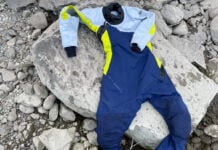Comfort was of utmost concern on a backcountry trip with my 70-year-old mother-in-law two summers ago. It was her very first wilderness trip and, while she was game for adventure, her back ached with the unfamiliar motion of paddling even during the short trip to the campsite. How nice it would have been to know which were the best canoe seats and accessories we could get to help her paddle without pain.
Is an aftermarket canoe seat right for you?
Comfort is a growing consideration for an increasing number of backcountry traveling Boomers, the largest demographic of paddling participants. Though aftermarket seat options have long been a mainstay of the recreational paddling crowd, trippers avoid them—and with good reason.
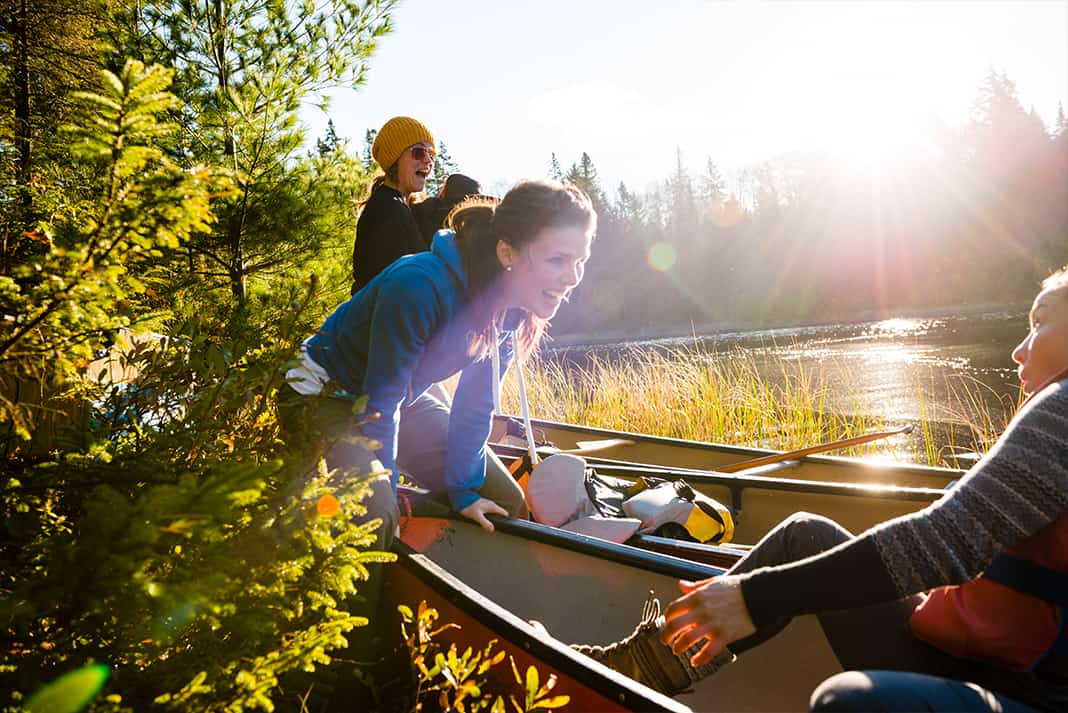
While the support of a comfortable high-back seat sounds nice, all too often it crucially affects mobility and torso rotation, encouraging poor paddling form and losing stroke power as the seat shifts and slides against the boat’s hardware. Plus, it’s one more item to portage.
None of these factors are deal breakers for toodling around outside the cottage for an afternoon, but it’s unacceptable for those who have 30 miles to make by sunset. Fortunately, most outings fall somewhere in between these extremes. One of these seat styles might be right for you—or it could be the cushy trump card you use to convince a non-paddler to get on the water for the first—or second—time.
4 best canoe seats and accessories for comfort
1 Aluminum frames
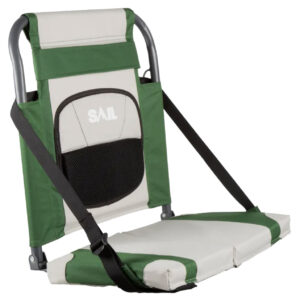
The trade-off for the support this burly recliner provides is it’s near impossible to rotate and take a proper stroke unless I lean well forward. And say goodbye to drifting under any low hanging limbs. The seat cushion takes hours to dry if saturated. The generically named Sit-Back Canoe Seat is branded by retailer Sail for $49, but the same seat is also sold and branded by GCI and Woods.
Best for: Anglers, photographers or lily dippers who are on the water to relax, take some shots or cast a line.
2 Wood frames
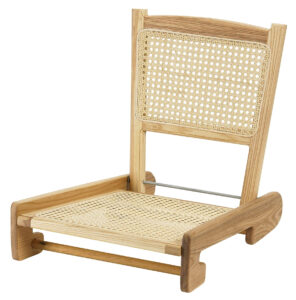
The five-pound Folding Canoe Chair from Harmony will have any paddler feeling like royalty, though it does raise your center of gravity an inch. This model easily clasps onto a bench-style seat, but extended use might see it rub and mar the finish on the existing bench seat. A big plus of wooden chairs is water just wipes off.
Best for: Courting-era canoe enthusiasts and other classy folk.
3 Fabric seats
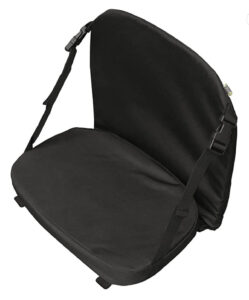
On the Premium Padded Canoe Seat from Pelican, available for $45, the seat back remains low enough to allow for torso rotation while providing some lumbar support. Look for this style of seat to also feature straps, crucial for securing to the bench seat of the canoe. Many seats in this versatile style can also pair with kayak and stadium seating.
Best for: Day trippers looking for a compromise between comfort and efficiency.
4 Pads and cushions
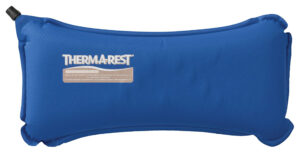
It’s a simple, low-cost solution for tired backs on long portage-free races, like the Yukon River Quest. There’s a myriad of thicker cushions or small inflatable pillows available, like this $29 Travel Pillow from Therma-A-Rest, which are another budget option for recreational paddlers looking for that sitting-on-a-cloud feeling. Be warned though: the cushier the pad, the less power transferred from paddle stoke into forward momentum and the higher your center of gravity—perhaps leading new paddlers to describe your ultra-stable, 33-inch-wide tripping canoe as “tippy.”
Best for: Trippers, expedition paddlers and everyone else who prioritizes efficiency but needs some cushion.
This article was first published in Issue 58 of Paddling Magazine. Subscribe to Paddling Magazine’s print and digital editions, or browse the archives.
For casual canoeists, the comfort of a canoe seat can outweigh on-the-water paddling performance. | Feature photo: Ontario Tourism




